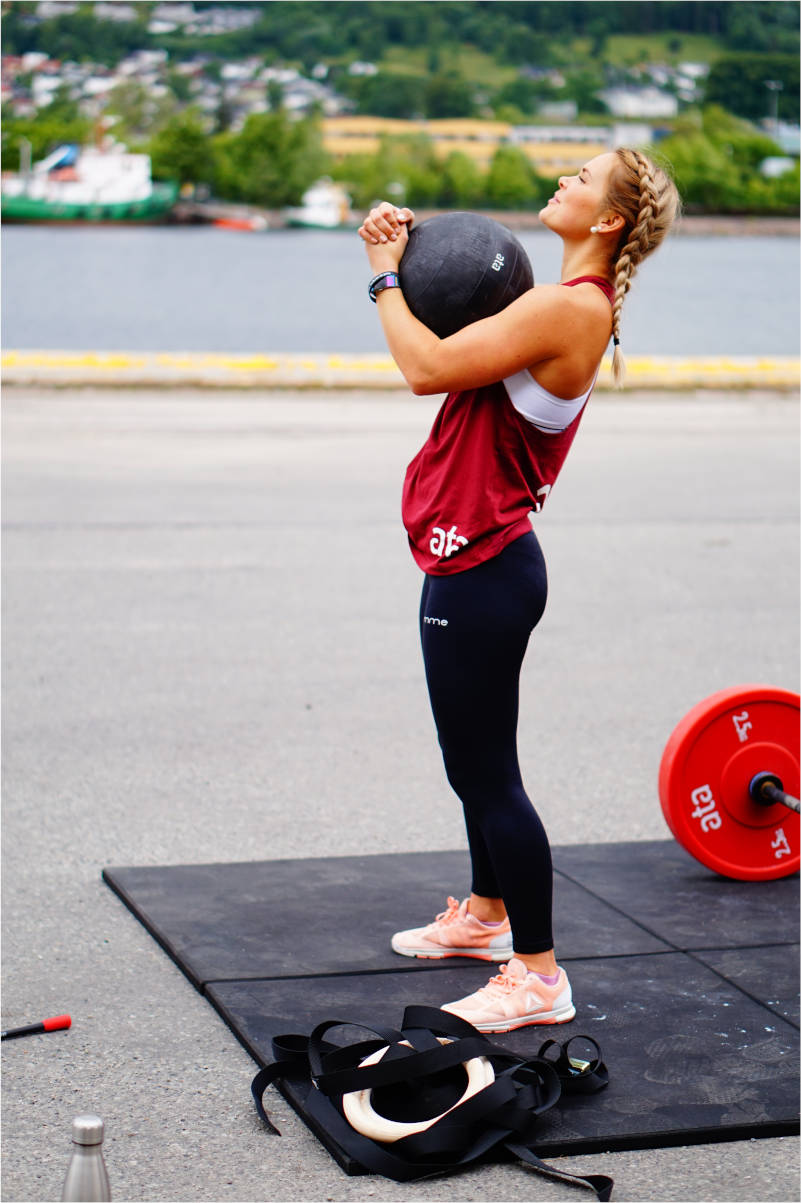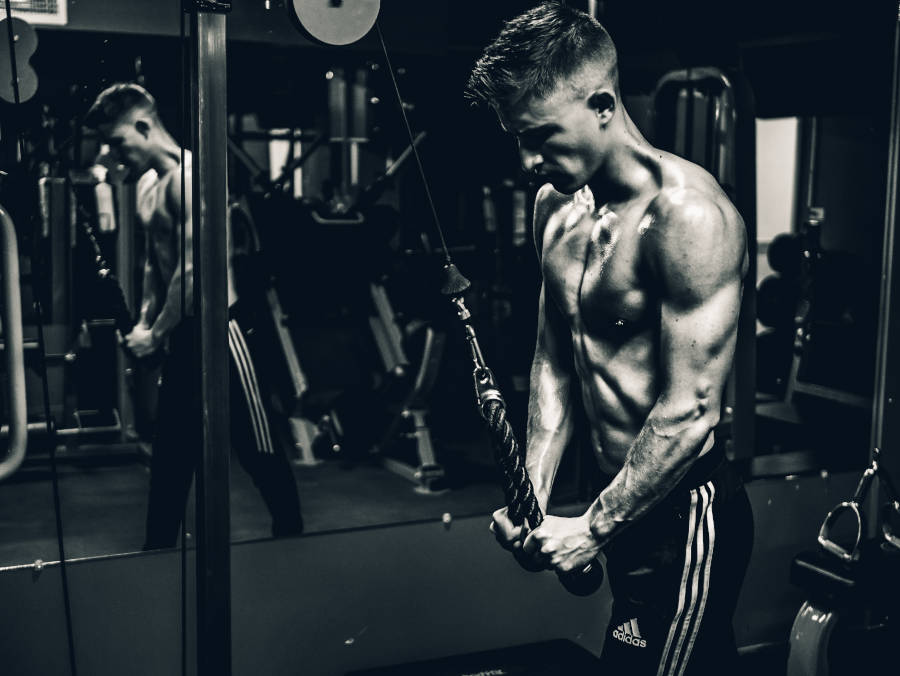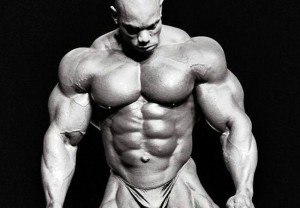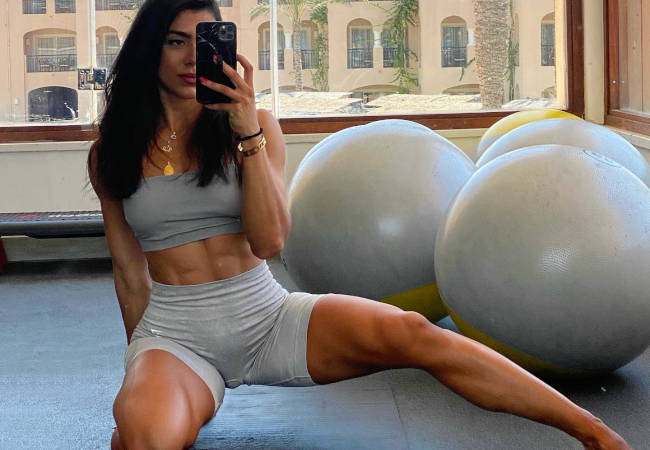Exercise is essential for keeping your body healthy, but rest is just as important. Implementing the right rest periods between sets during your workout is crucial in helping you achieve your goals. Read on to learn some of the optimal rest times between sets for various fitness objectives and gain helpful insights for a better workout session.
The Purpose of Rest Between Sets
Resting between sets is more than catching your breath or grabbing a quick sip of water. It’s a fundamental part of your workout routine that contributes to your performance and muscle growth. The length of your rest period influences the outcomes of your training regimen, primarily in terms of the effectiveness of the exercise and the rate of muscle recovery.
The body needs time to rest and replenish its stock of energy. Continuing past your limits leads to an ineffective workout and less gains. What’s the point of pushing your body if you don’t see results from your hard work?
Factors Determining Rest Time
Several factors influence the optimal rest time between sets, including your fitness goals, exercise type, and personal fitness level. If your goal is to build strength and size, you’ll have longer rest periods compared to training for endurance or fat loss most of the time, for example.
The type of exercise also significantly affects how long you should rest between sets. For example, compound movements involving multiple muscle groups typically require longer rest periods than isolation exercises. Consider your personal fitness level; beginners may need longer rest intervals than more advanced trainees.
The Risks of Powering Through a Workout
While the “no pain, no gain” maxim may ring true to some extent in fitness, powering through a workout with insufficient rest between sets poses serious risks. Over training without proper rest leads to a decrease in performance and an increase in the likelihood of injury. Plus, it may affect your immune system, leaving you susceptible to illness. Overexertion is one of the common causes of migraines and headaches, which become a stifling occurrence that prevents you from working out as effectively.
Additionally, receiving little rest could lead to hormonal imbalances and chronic fatigue, significantly impacting your overall well-being. You need to balance pushing your limits and allowing your body ample time to recover and adapt to the physical stress of exercise.
Training Goals and Recommended Rest Times
You must align your rest times with your specific training goals. When lifting heavy weights for fewer reps, a rest period of two to three minutes is best. This longer rest allows your muscles and nervous system sufficient time to recover and prepare for the next set.
If hypertrophy, or muscle size, is your goal, resting for one to two minutes between sets is often sufficient. A couple of minutes of rest strikes a balance between allowing for adequate recovery and keeping the muscles under tension for longer. For endurance training, where the focus is on lighter weights and higher reps, a shorter rest period of around 30–60 seconds maintains the intensity of your workout.





















